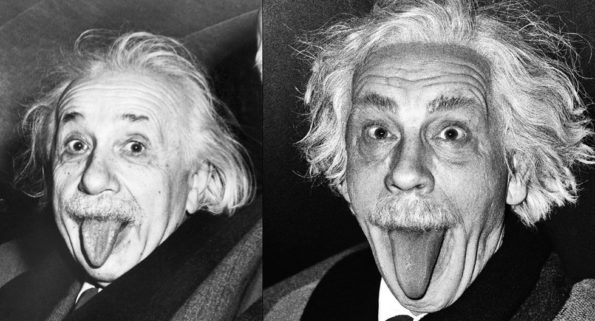Search
To search for an exact match, type the word or phrase you want in quotation marks.
A*DESK has been offering since 2002 contents about criticism and contemporary art. A*DESK has become consolidated thanks to all those who have believed in the project, all those who have followed us, debating, participating and collaborating. Many people have collaborated with A*DESK, and continue to do so. Their efforts, knowledge and belief in the project are what make it grow internationally. At A*DESK we have also generated work for over one hundred professionals in culture, from small collaborations with reviews and classes, to more prolonged and intense collaborations.
At A*DESK we believe in the need for free and universal access to culture and knowledge. We want to carry on being independent, remaining open to more ideas and opinions. If you believe in A*DESK, we need your backing to be able to continue. You can now participate in the project by supporting it. You can choose how much you want to contribute to the project.
You can decide how much you want to bring to the project.

What is iconic? We asked ourselves this February on A*DESK.
Iconic language is a system of both linguistic and visual representation. We often speak of iconic images and works to refer to those that are immediately recognizable, that become valid representations of a given moment, situation or time. A sort of temporal beacon.
The photographer Sandro Miller wanted to re-represent the images, according to him, most iconic of the 20th century: Andy Warhol’s Marilyn, Che Guevara, Alfred Hitchcock, Jack Nicholson’s Joker (it was 2013, that is, Heath Ledger and Joachim Phoenix were not yet possible options) and Diane Arbus’ girls, among others. He had the collaboration of the chameleon (and “iconic” actor) John Malkovich, who was able to represent everything, including himself.
Re-enact. Replay. Diversify. Multiplying references. Iconic is no longer only the shared but also the individual. As a referent, the iconic is the object of re-readings, revisions, reinterpretations, re-enactments, re-, re-.
Recently we made an edition of A*LIVE with La Plataforma de estudiantes de la Escuela Massana. We proposed them to work from James Lee Byars’ performance, The World Question Center (1969) and take it to their field. The first thing they did was to break it down, analyze it in detail and propose a totally different alternative: anti-hierarchical, outside the institution and much more horizontal. The pseudo TV show with James Lee Bars as moderator became, by choice of La Plataforma, a meeting in the Absenta bar (near Massana) in which they invited people of reference for them (Caterina Almirall, Paco Chanivet, Eloy Fernández Porta) to chat with them.
What is iconic for you? we asked Andrea Soto Calderón, Antonio Ortega, Chus Martínez and Joana Roda, and each of them took us to their own terrain: to the theory linked to personal experience (Andrea Soto Calderón), to concrete examples (Antonio Ortega), to the most recent talks from one end of the globe to the other (Chus Martínez) or to the responsibility of selecting a work that will remain in the memory of the visitors to a fair (Joana Roda).
(Featured image: Sandro Miller. Malkovich, Malkovich, Malkovich. Homage to photographic masters, 2013).

Montse Badia has never liked standing still, so she has always thought about travelling, entering into relation with other contexts, distancing herself, to be able to think more clearly about the world. The critique of art and curating have been a way of putting into practice her conviction about the need for critical thought, for idiosyncrasies and individual stances. How, if not, can we question the standardisation to which we are being subjected?
www.montsebadia.net
"A desk is a dangerous place from which to watch the world" (John Le Carré)